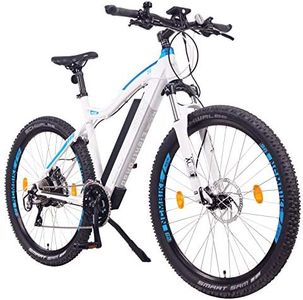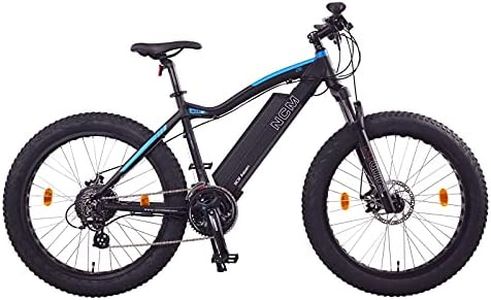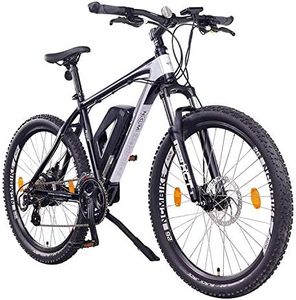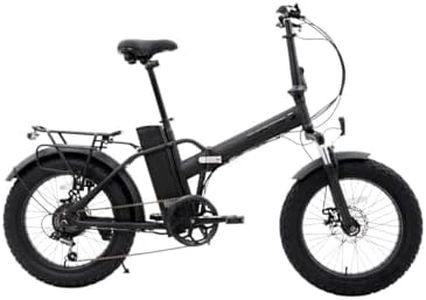We Use CookiesWe use cookies to enhance the security, performance,
functionality and for analytical and promotional activities. By continuing to browse this site you
are agreeing to our privacy policy
4 Best Lightweight Electric Bikes
From leading brands and best sellers available on the web.By clicking on a link to a third party's website, log data is shared with that third party.
Buying Guide for the Best Lightweight Electric Bikes
Choosing a lightweight electric bike can be both exciting and rewarding, especially if you're looking for an easy-to-handle and efficient way to commute or enjoy leisure rides. The best approach is to start by considering your riding style: will you be using the bike for daily commuting, recreational rides, or perhaps carrying it up stairs or onto public transport? Knowing your needs can help you make sense of all the features, and focusing on 'lightweight' models means you'll want to pay extra attention to how the bike balances weight, power, and convenience.WeightWeight refers to how heavy or light the electric bike is. This is crucial if you plan to carry the bike, store it in small spaces, or need to lift it for any reason. Electric bikes can range from over 20kg for heavier models to under 15kg for ultra-light options. If you regularly need to carry your bike, a lighter model (under 17kg) is more manageable. Heavier bikes may offer more features but are harder to move when not riding. Choose a weight that fits your daily routine and physical capabilities.
Battery CapacityBattery capacity determines how far you can travel on a single charge. It is usually measured in watt-hours (Wh). The higher the number, the longer the range, but generally, more battery means more weight. For quick trips or multi-modal commutes (like riding to the train station), a smaller, lighter battery (150-250Wh) should suffice. If you plan longer rides, look for a higher capacity (over 300Wh), but remember this adds some weight.
Motor PowerMotor power, given in watts (W), affects how much assistance you get while pedaling. Lightweight e-bikes often use motors between 250W and 350W. Lower power consumes less battery and helps keep overall weight down, suitable for flat city riding. Higher wattage gives more help, especially useful for hills or heavier riders, but can add weight and decrease range. Think about your terrain and how much physical help you want from your bike when deciding.
Frame MaterialThe frame material impacts both weight and durability. Aluminum and carbon fiber are the most common lightweight materials, with carbon fiber being the lightest but generally less robust to impacts. Aluminum offers a balance between lightness and toughness. If portability is your priority, lean towards carbon fiber or specially designed lightweight aluminum. For rougher treatment or beginner use, aluminum may be a safer bet.
FoldabilitySome lightweight e-bikes feature a folding design, making them ideal if you need to store your bike in tight spaces or carry it onto public transport. Folding bikes may slightly compromise ride quality but are unmatched in convenience for urban dwellers. Consider how often you'll need to fold your bike—if it's daily, prioritize models with easy-to-use folding mechanisms.
Assistance Levels and ControlsElectric bikes come with different levels of power assistance, often selectable with a simple control panel. More assistance levels give better customization for speed or energy conservation. Simple controls are easier for beginners, while more options suit those who want to fine-tune their ride. Choose according to how much control and customization you want during your rides.
Tire SizeTire size influences comfort, speed, and handling. Smaller tires (16-20 inches) make bikes more compact and nimble, great for city use and storage, but may feel bumpier on uneven roads. Larger tires (over 24 inches) offer more stability and a smoother ride but add some weight and size. Decide based on where you'll ride most—smaller for smooth, urban paths; larger for mixed or rougher terrain.





